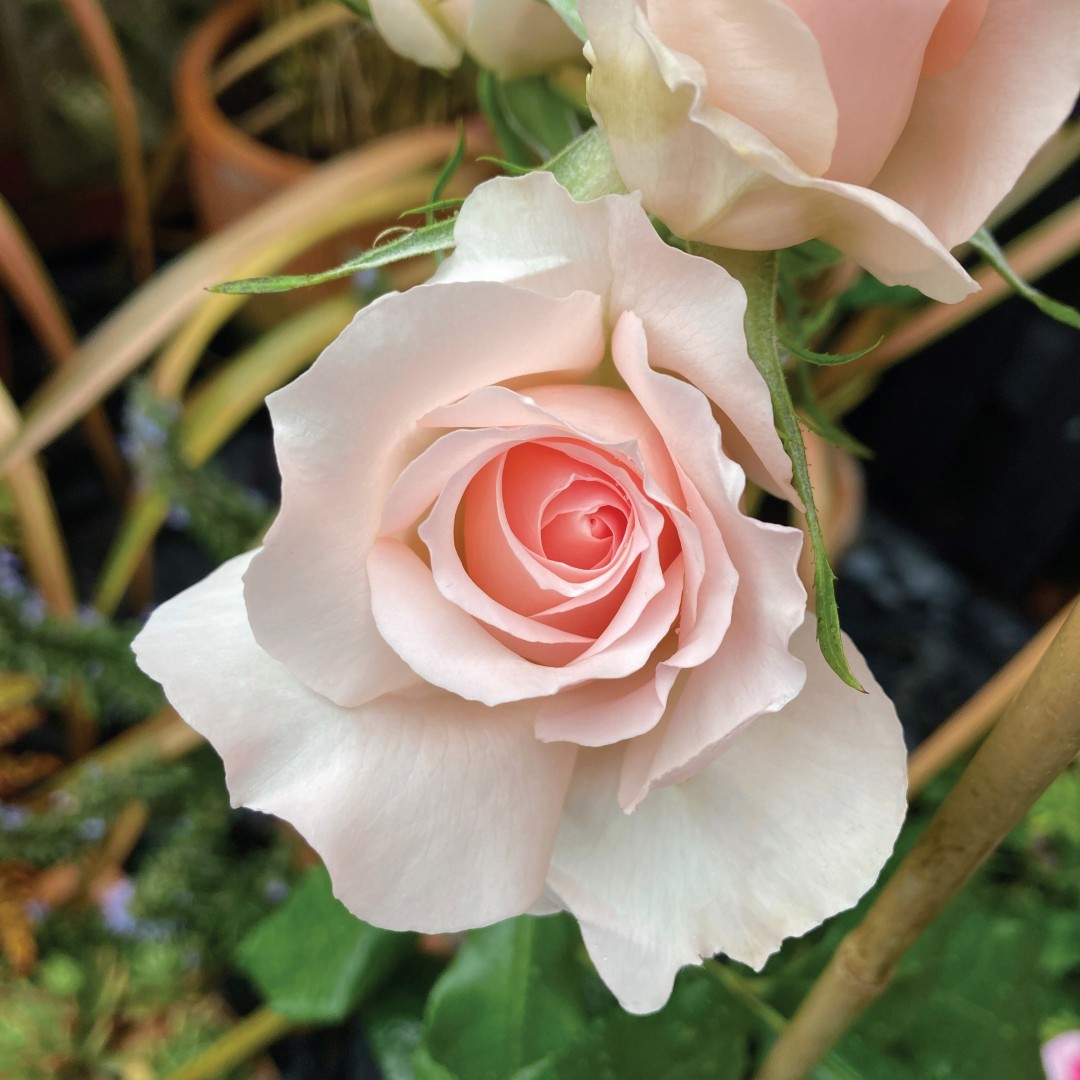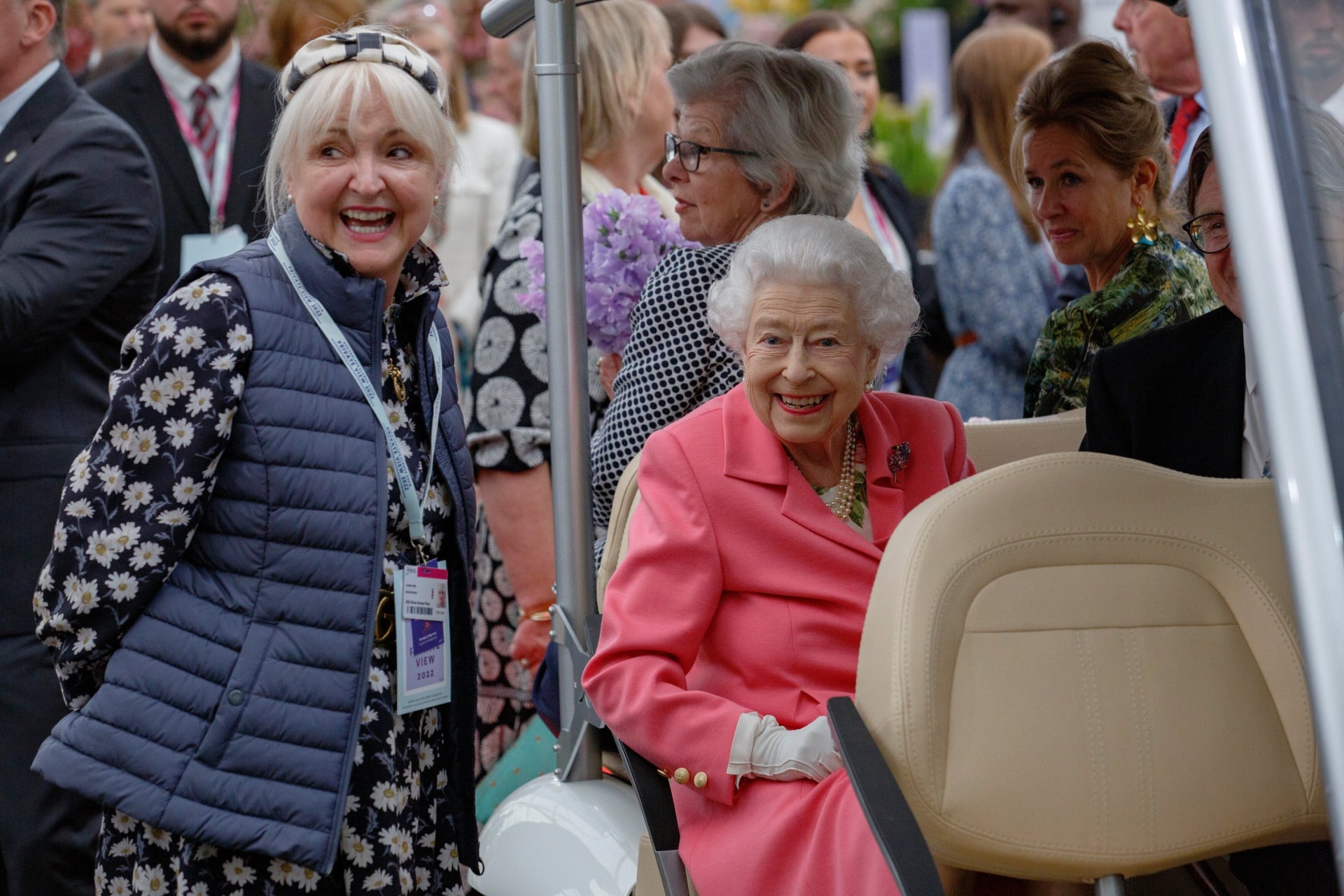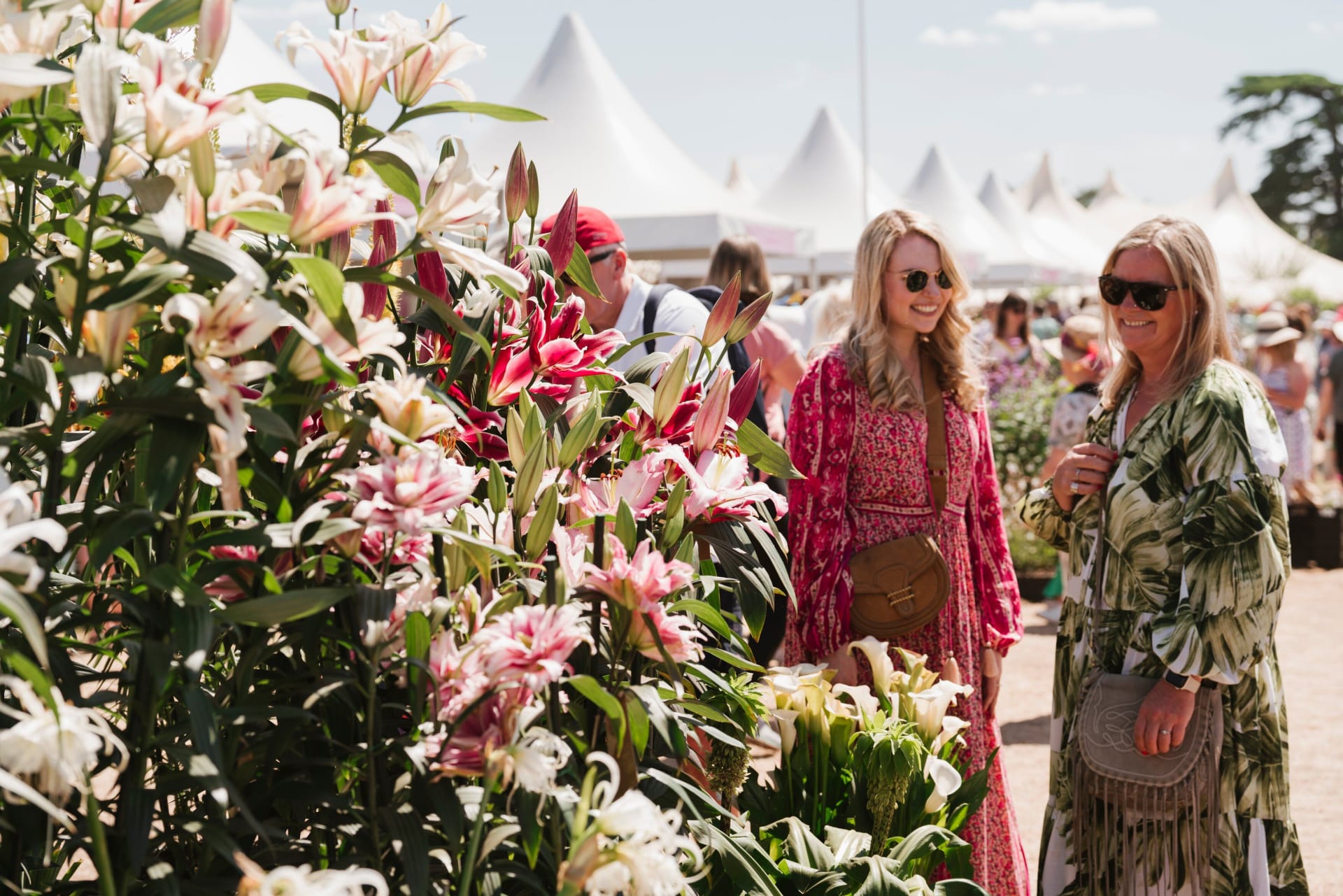Her Majesty Queen Elizabeth II would have celebrated her 97th birthday on the 21st April and there was no one who knew the gardens at Buckingham Palace better than she.
Having been a patron of the RHS for 70 years, the Queen attended the RHS Chelsea Flower Show more than 50 times. Despite her frailty, the Queen was able to visit the May 2022 RHS Chelsea to see in person the various tribute gardens designed to celebrate her Platinum Jubilee. A fitting legacy to Her Majesty is the Queen’s Green Canopy jubilee planting project which saw over a million trees planted across the nation during the first planting season from October 2021 to March 2022.
As you would expect, numerous plants have been named for the Queen as well as other members of the Royal Family. Whilst one may think that the Queen’s favourite plant would be a rose with its large, fragrant and exquisite colouring, this is not the case. Her favourite flower was in fact the shade loving Lily of the Valley (Convallaria Majalis). This dainty perennial with its racemes of nodding, bell-shaped fragrant white flowers featured in Her Majesty’s coronation bouquet and was included in the wedding bouquets of many royals including Kate Middleton and Queen Victoria.
 Plants named after the Queen include the beautiful, blush pink Rosa ‘The Queen Elizabeth’ which was dedicated to her in the early 1950s when Her Majesty ascended the throne. This is a tall shrub rose growing to 1.8m high with a profusion of repeat flowering blooms, so is ideal for the back of a border. Two other roses bred to commemorate the Queen’s Diamond Jubilee and her recent Platinum Jubilee are worthy additions to any border. Bred by rosarian Peter Beale, Rosa ‘The Queen’s Jubilee’ is ideal for the middle of a border or for planting in pots. It grows 90 cm tall by 60cm wide. This repeat flowering shrub rose bears scented double blooms which are white flushed with peach. Rosa ‘The Queen Elizabeth II’ was officially selected by Her Majesty from Harkness Roses to commemorate her Platinum Jubilee. This rose is a perfect hybrid tea growing to just 75 cm x 60 cm. With soft pink blooms touched with amber, gold and cream, it has a sweet rose scent. Until 2026, every rose sold will raise £2.50 for the Queen Elizabeth Scholarship Trust, which helps talented and aspiring craftspeople to train in traditional and contemporary crafts.
Plants named after the Queen include the beautiful, blush pink Rosa ‘The Queen Elizabeth’ which was dedicated to her in the early 1950s when Her Majesty ascended the throne. This is a tall shrub rose growing to 1.8m high with a profusion of repeat flowering blooms, so is ideal for the back of a border. Two other roses bred to commemorate the Queen’s Diamond Jubilee and her recent Platinum Jubilee are worthy additions to any border. Bred by rosarian Peter Beale, Rosa ‘The Queen’s Jubilee’ is ideal for the middle of a border or for planting in pots. It grows 90 cm tall by 60cm wide. This repeat flowering shrub rose bears scented double blooms which are white flushed with peach. Rosa ‘The Queen Elizabeth II’ was officially selected by Her Majesty from Harkness Roses to commemorate her Platinum Jubilee. This rose is a perfect hybrid tea growing to just 75 cm x 60 cm. With soft pink blooms touched with amber, gold and cream, it has a sweet rose scent. Until 2026, every rose sold will raise £2.50 for the Queen Elizabeth Scholarship Trust, which helps talented and aspiring craftspeople to train in traditional and contemporary crafts.
If you are looking for a clematis to grow in your ‘royal’ garden, the ‘Elizabeth’, awarded the RHS Garden Merit Award is a montana variety bred in the early 1950s by Jackmans. This is the perfect choice. It is a strong climber with pale pink, fragrant flowers which bloom in May and will grow quite happily into trees, even in shady conditions.
If you are fortunate to have acid soil in your garden, there is a spectacular evergreen Rhododendron aptly called ‘Queen Elizabeth II’ which will grow to at least 3m in a semi-shady position. It produces a profusion of pale yellow trumpet shape flowers up to 11cm across during mid to late spring. Another acid lover, although it will tolerate neutral soil, is Camellia japonica, ‘Her Majesty Queen Elizabeth II.’ This evergreen shrub will also grow large, producing salmon to rose pink peony like blooms, 12cm in diameter, in early spring. If you do not have suitable soil, both of these shrubs can be grown in large pots provided you plant them with ericaceous compost and feed with a sequestered iron ericaceous liquid fertiliser.
Now we have a new King, due to be crowned next month. King Charles III, a keen organic gardener, is patron of the Royal Botanic Gardens in Edinburgh and Kew as well as patron of the National Garden Scheme. There will no doubt be many plants named in his honour. Amongst the King’s plant passions are the ‘magnificent’ delphiniums which grow in profusion in the grounds at Highgrove House. For King Charles III, delphiniums evoke thoughts of Edwardian watercolours. He has also promised that he will be making the gardens at Buckingham Palace, Clarence House, Windsor Castle, Sandringham and Balmoral to be more accessible to the public in the future.








